INFRASTRUCTURE
The ultrafast laser source used in our experiments is an amplified Ti-Sapphire laser system from Coherent (2.5mJ, 70 fs, 800 nm, 1 kHz). The amplified laser can be used to pump OPAs/NOPAs to perform pump-probe experiments or 2D Electronic spectroscopy.
Our lab is also equipped with a streak camera for time-resolved electronic spectroscopy studies.
In addition to ultrafast tools, we have a wet-lab for the synthesis of nano-materials and have access to a wide range of complementing characterization techniques.
Our group has recently obtained a budget to build an entirely new ultrafast lab that will run in parallel to the current one. Stay tuned!

Home Built 2 Pass NOPA

Mira Coherent
2D Electronic Spectroscopy
2D spectroscopy has emerged as a powerful tool that can determine the complete nonlinear optical response of a system up to third-order. By providing access to specific quantum mechanical pathways, it allows for the measurement of vibrational and electronic couplings, energy transfer and multiexciton correlations, among other observables. However, most 2D setups currently do not allow for polarization control, a necessary feature to isolate certain pathways such as the 2 Quantum pathways. Our 2DE setup overcomes these limitations. In collaboration with French company Fastlite, we have recently implemented a setup that uses two pulse shapers (Acousto-Optic Programmable Dispersive Filters (AOPDFs): WR25, low-jitter operation, Dazzlers, Fastlite), enabling full control over amplitude, phase and polarization of the femto-pulses. Our setup is also flexible in terms of experiment geometry, allowing to easily switch between the collinear and non-collinear geometries.

(a) The outputs of the two OPAs are orthogonally polarized and are separated using a
polarizing cube (PC1). Each polarization component is then sent through an AOPDF to produce shaped pulses, which are finally combined using PC2. (b) Translating PC2 spatially separates the shaped pulses from the two AOPDFs, making it easy to switch between the pump-probe (top) and collinear (bottom) geometries.


(a) Linear absorption spectrum of CdSe QDs. The arrows indicate the pump and probe pulse energies. (b) Absolute parts of the 2D absorptive spectrum of CdSe QDs at Tp = 500 fs.
Time-resolved Electronic Spectroscopy

Streak Camera operation
Pump Probe Setup
The ultrafast transient absorption technique, also called pump-probe, is a common yet powerful investigation technique in femto-timescale studies. A pump-probe experiment consists in perturbing the system of interest with a first pulse (the pump) and watching how this perturbation evolves with time by sending a second pulse (the probe), which measures the absorption change produced by the pump. Our setup allows tuning of pump and probe pulses over the entire visible spectrum and over a broad range of energies

Pump Probe Setup
Nanomaterial Synthesis
Our wetlab has all the usual synthetic tools in addition to an argon glove box and Schlenk lines for oxygen free chemistry of semiconductor quantum dots.
Complementing characterization techniques
As members of the McGill Institute for Advanced Materials, we have access to all the standard steady-state characterization techniques (UV/Vis/NIR absorption spectrophotometer, Fluorescence with capability to measure excitation spectra and lifetimes). Transmission Electron Microscopy (TEM) as well as X-Ray diffraction are also available.

